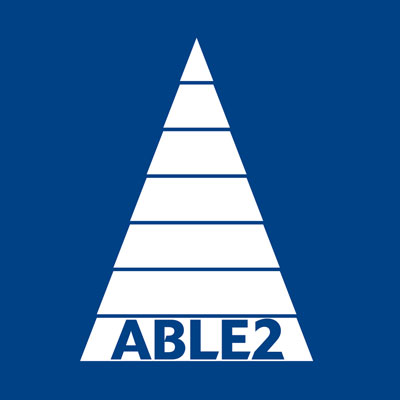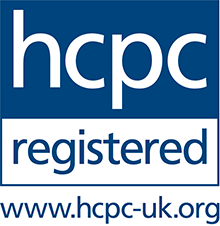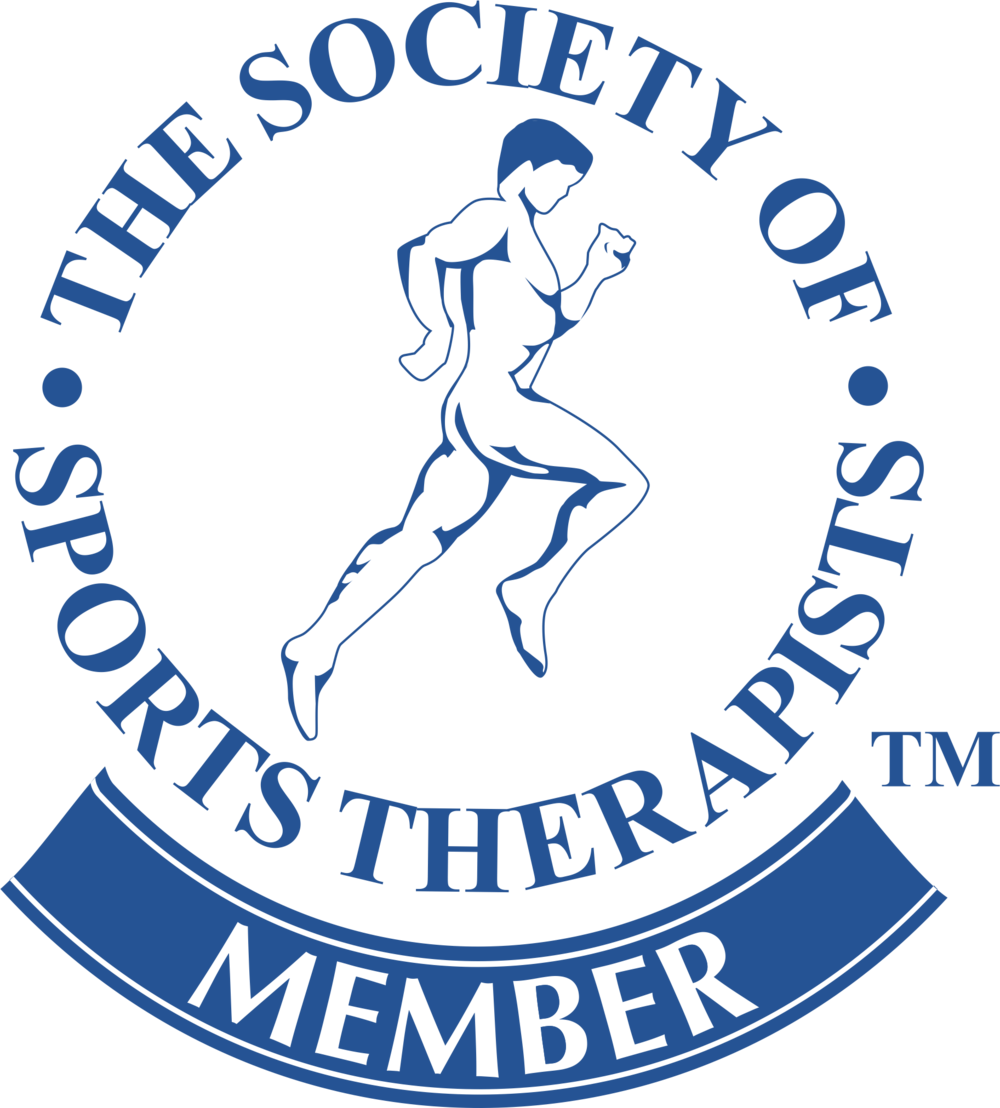Golf, like many sports has extremely beneficial effects: keeping us active, socialising, and fit in our cardiovascular and mental health. Its no wonder we can get frustrated and upset when something stops us from playing. The forces that are applied with a golf swing can commonly lead to injuries of the lower back if your body is not properly prepared, especially if you are trialing a new technique of swing or have had a change in your routine. Please read and enjoy this guide to help you stay injury free and on the golf course without fear of back pain.
Why does your lower back hurt when golfing?
- Muscle weakness or poor mobility- Like any sport or activity a certain level of strength and mobility is required to efficiently and safely perform them. In golf looking at the strength and mobility in the core, hips, lower back and thoracic spine is key to ensure proper distribution of force throughout the body when playing.
- Type of swing- A modern or a classic golf swing can have a large effect on where the forces are put through your body specifically the lower back. The modern swing involves less hip rotation with lots of torso rotation. This is proposed to increase the amount of rotational forces on the lower back.
- Forces on the lower back- When performing a golf swing compressive forces up to 8 times your body weight are put on the lower back. For the average UK male that can mean up to 668 kg of force.
- Asymmetries- Due to the one sided nature of golf differences in muscle mass and strength often occur within the body. As well as this specific asymmetries such as the difference in side to side planks have been shown to increase the risk of lower back injury.
Symptoms of lower back pain
Lower back pain can be mulit-factorial meaning it can develop for many reasons at the same time. It may set in slowly or suddenly and is commonly described as:
• A dull ache
This can develop quickly or gradually and is normally felt across one side of the back depending on your dominant hand. This is due to the trailing side often being exposed to the greatest forces.
• Sharp spasm like pain
This is commonly caused by a spasm in one of the lower back muscles. It can happen for many reasons however it is commonly down to the body becoming overloaded. This sets off a defensive mechanism that locks the lower back in an attempt to protect it from any further damage.
• Pain that shoots down into the hips or leg
Pain that refers down into the hip or leg can come from nerve compression. This commonly comes from a disc pushing onto the nerve root at the lower back.
Exercises for lower back pain
If you’re experiencing lower back pain it is always best to get it checked out by a health care professional. If you’re concerned you can contact us here. A full assessment is always required to get to the route cause of the back pain. Depending on the severity they can then provide you with appropriate treatment and exercises to meet your specific needs.
Here are our top 3 lower back exercises for golfers with back pain:
Preventing lower back pain
Warming up
Properly warming up can help to decrease your risk of injury. One of the best ways to do this is through dynamic stretches. These are stretches that take the muscle through full ranges of motion whilst still moving them.
Remember these are exercises for preventing lower back pain and should not be performed if you’re already in pain.
If any of these exercises cause pain stop immediately. Contact a health care professional you may have an underlying weakness or lack of mobility in the hips which can put you at risk of injury when playing golf.
Strengthening
As always improving strength will alow the muscles used in your swing to become more resilient and prevent injury. Specifically focusing on strengthening the hips, core and lower back with these three exercises:
Improving mobility
As previously mentioned lack of mobility can cause the body to shift forces where we might not want them to be. This comes a lot from the mobility in the hips as well as the thoracic spine. Try our top three golf mobility drills below:
Reducing training errors
Not considering training errors is a very common mistake recreational or new golfers make. Training errors can be a number of different things such as:
- Doing too much too soon- the human body needs time to adapt when taking on new challenges. When playing golf or any sport it is important to give your body appropriate time to rest and recover as this is where the adaptations that build your resilience take place.
- Not correcting form- as a newbie to golf the swing is a real skill to master. We suggest getting a TPI golf assessment. This can address your golf swing technique as well as giving you personalised flexibility and strength training programmes.
Learn more about TPI golf screenings here.










